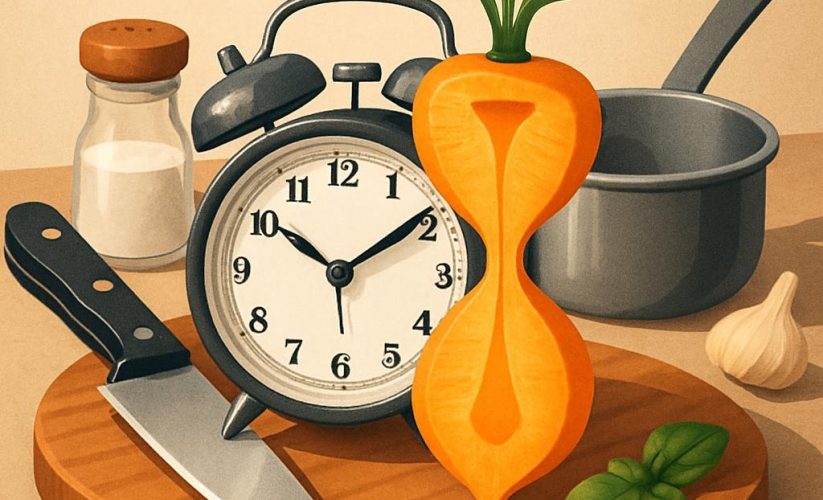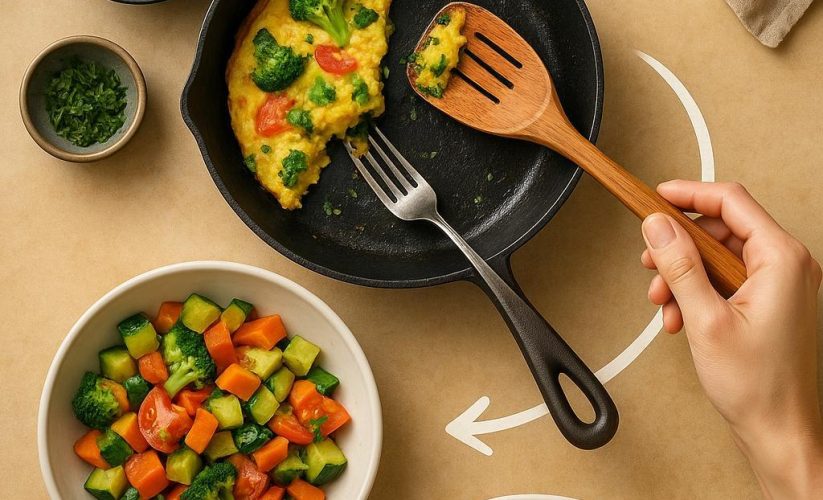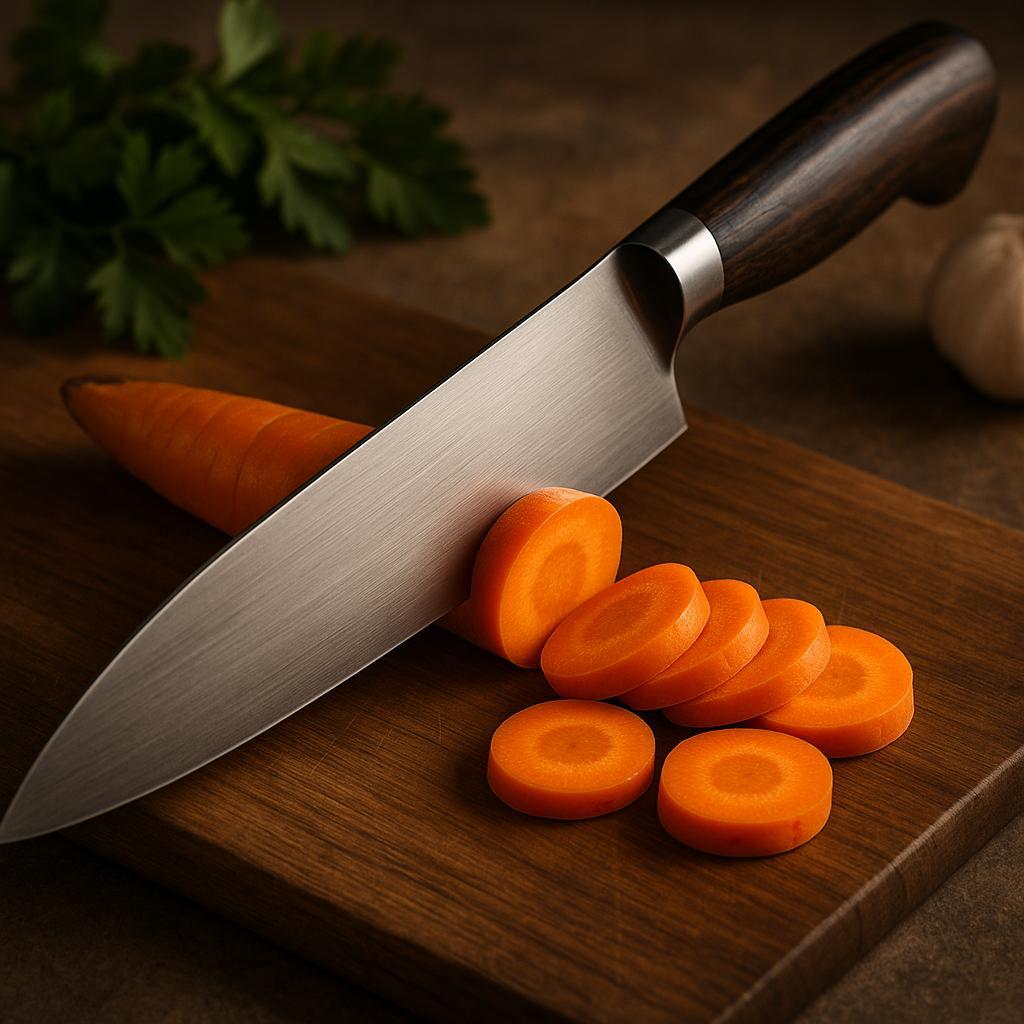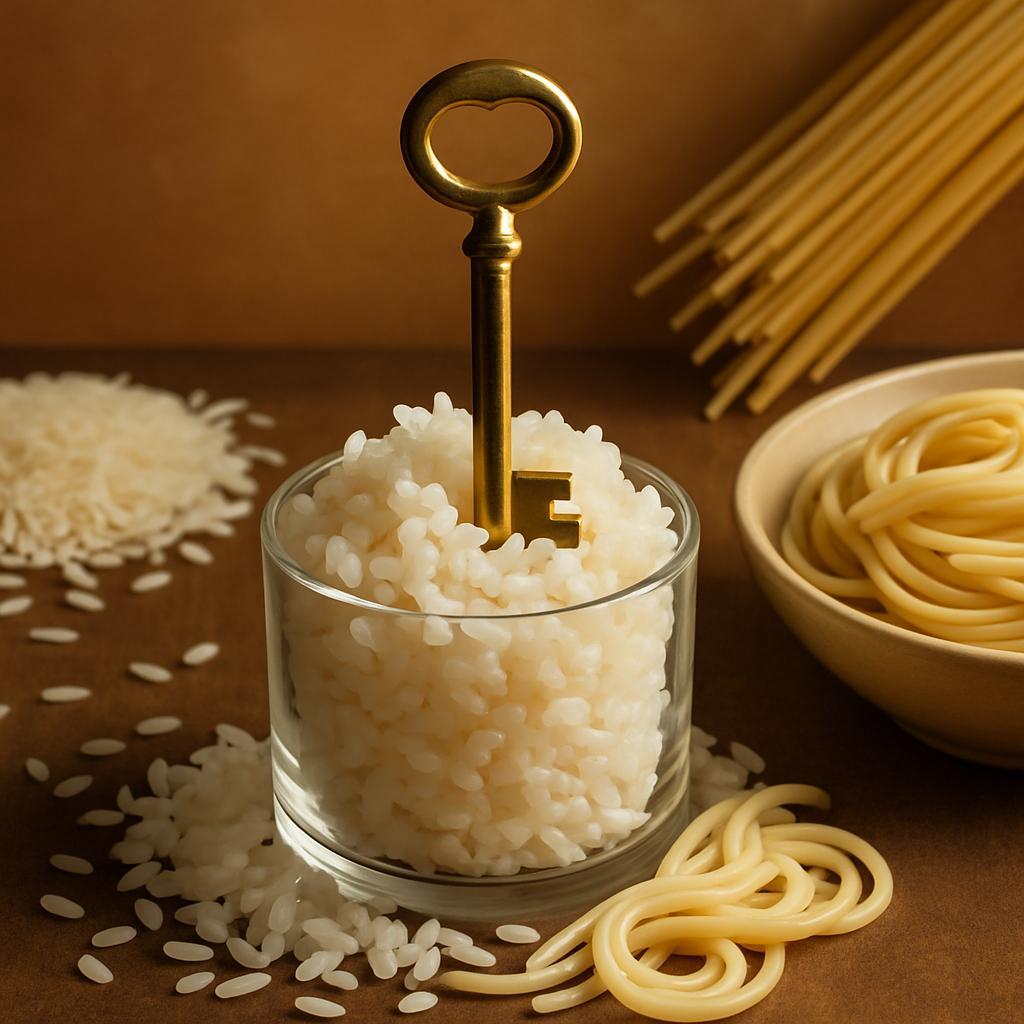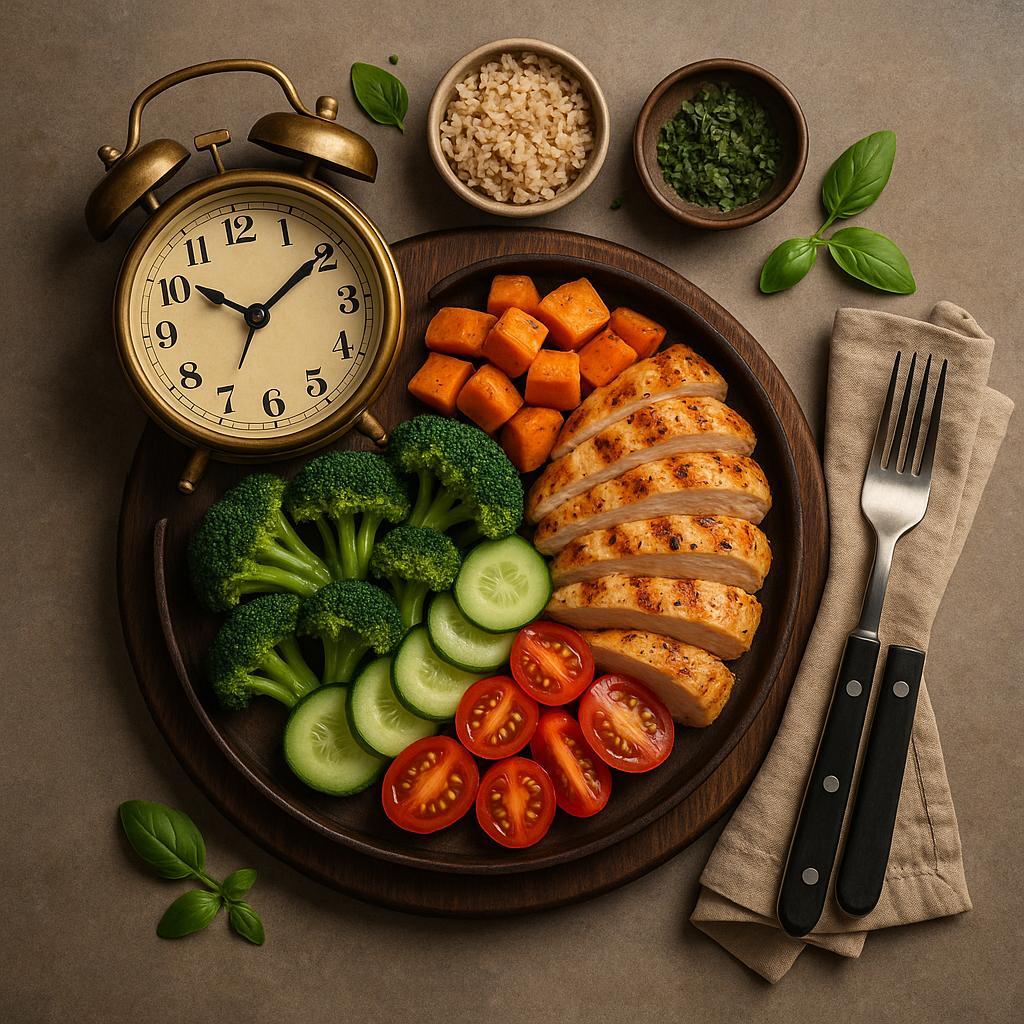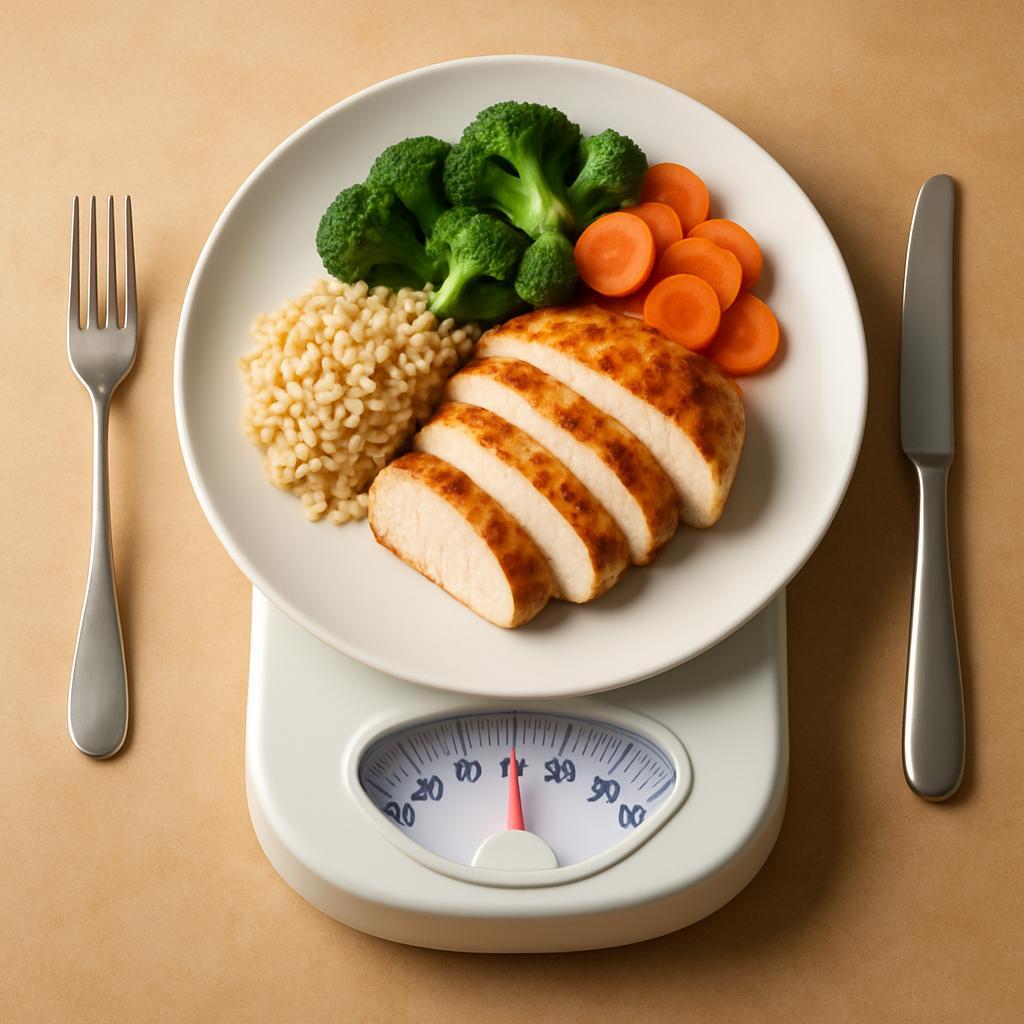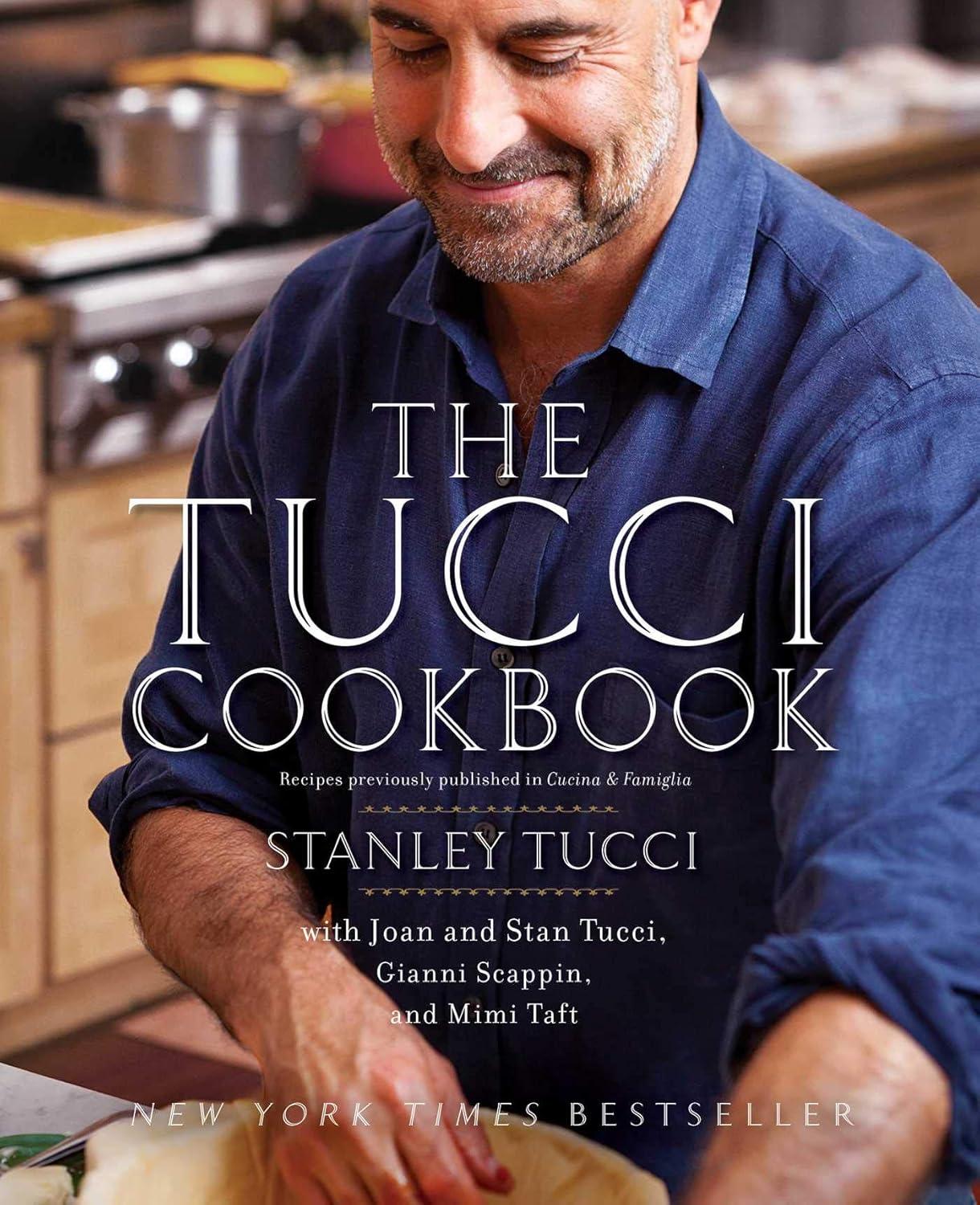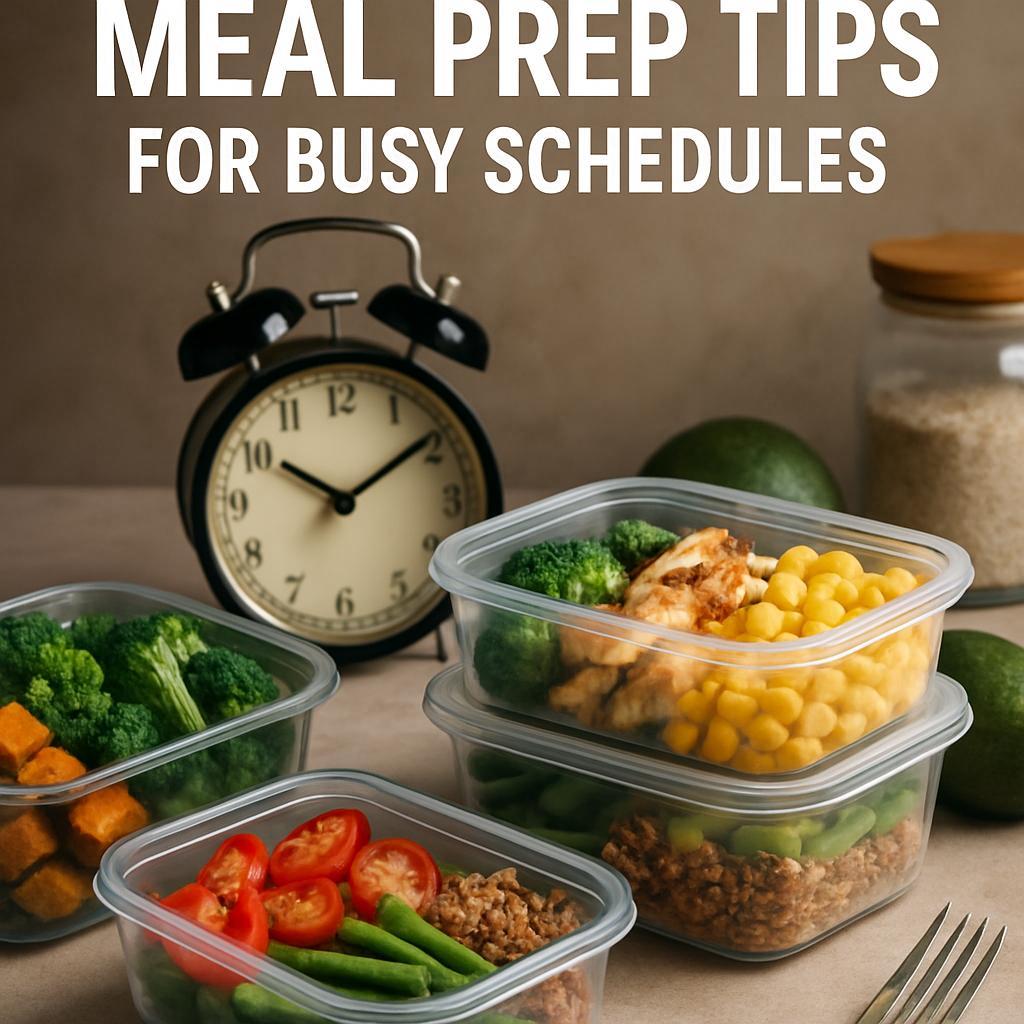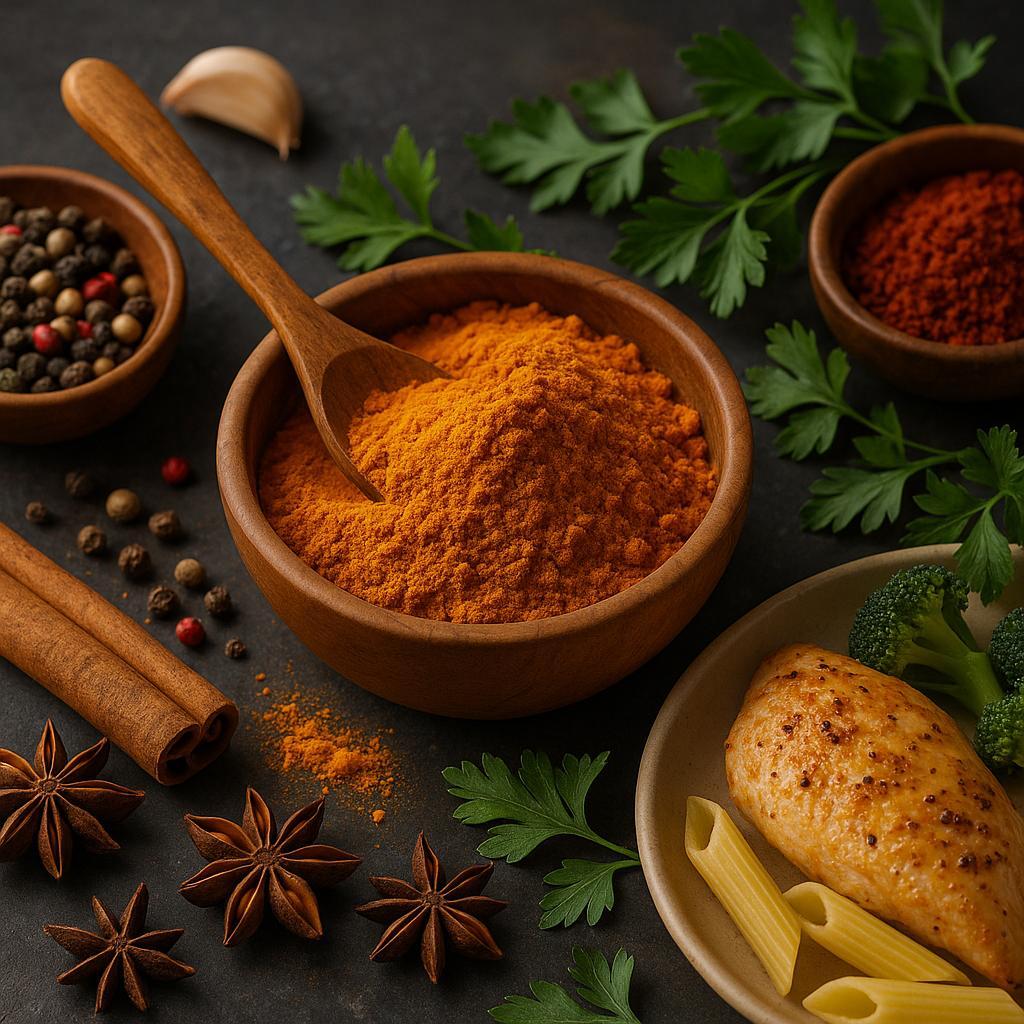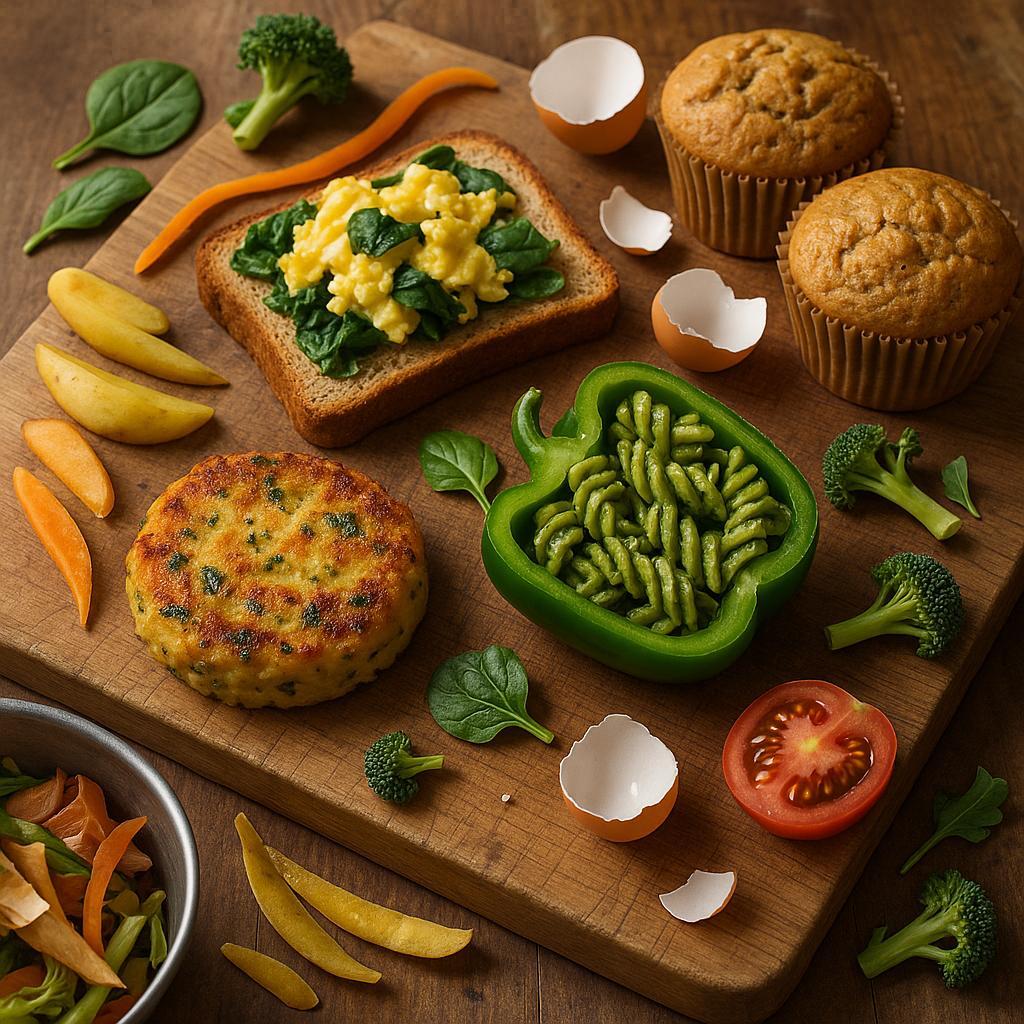Effortless Texture Upgrade: Fluffy Rice, Perfect Pasta
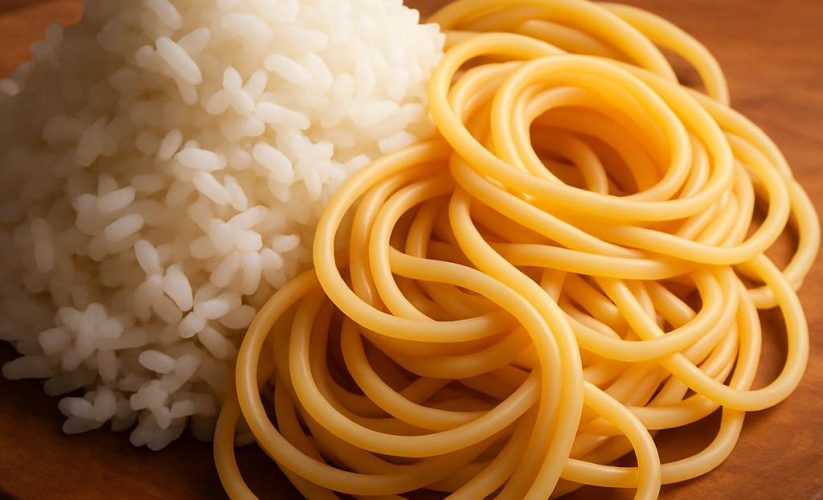
One degree and one minute can be the difference between gluey grains and cloud-soft rice, between limp noodles and pasta with spring. Texture is the first thing your fork and teeth notice, and it quietly determines whether a simple bowl feels merely fine or deeply satisfying. The best part: you don’t need new gadgets or extra time-just small, precise shifts in how you heat, salt, and pause.
This guide trims technique to what actually matters on a weeknight, so fluffy rice and perfectly cooked pasta become your default, not a lucky accident. Ahead, you’ll see how a few effortless adjustments turn everyday staples into reliably great bites-no fuss, no mystery, just texture that works for you.
Table of Contents
- Starch secrets that lift every grain
- Water ratios that turn rice light and fluffy
- Salt and timing for pasta with a precise bite
- Quick fixes when rice clumps and noodles go limp
- Q&A
- To Conclude
Starch secrets that lift every grain
In rice, starch is the switch that decides between fluffy and clumpy. Long-grain varieties with more amylose want minimal friction; short- and medium-grain, rich in amylopectin, crave agitation. For pillowy long-grain, rinse until the water runs nearly clear (30-60 seconds, gently rubbing) to remove surface starch, then soak 20-30 minutes if using basmati to hydrate the core. Use the absorption method with a calm, barely-there simmer and a tight lid; aim for about 1 part rice to 1.25-1.5 parts water depending on grain and whether you soaked (reduce water by ~10-15% after soaking). Don’t stir-shearing releases more starch and tightens the pot. To lock in airy separation, rest 10 minutes off heat, then fluff with a fork to lift steam through. For pilaf, toast the dry grains in a little butter or oil first; the fat coats starch granules, slows gelatinization at the surface, and keeps kernels distinct yet tender.
Pasta’s velvet comes from the same science. Salt your water to 1-2% by weight (10-20 g per liter) and use just enough volume that noodles can move; slightly concentrated water carries more starch for emulsifying. Cook 1-2 minutes shy of done, then finish directly in the sauce, adding small ladlefuls of hot pasta water while you toss vigorously-heat plus agitation shears starch into the fat, creating a glossy emulsion that clings. Skip oil in the pot and don’t rinse; both strip the starch you need for body and adhesion. If the sauce tightens or looks dull, stir in a splash more water; if loose, keep tossing over heat to activate starch. Choose bronze-cut shapes for a micro-rough surface that grabs sauce, and for gluten-free noodles with fragile surfaces, lower agitation and bank extra pasta water-their abundant surface starch can build creaminess fast when balanced with gentle movement.
Water ratios that turn rice light and fluffy
Start with precise baselines and adjust only when you have a reason. By volume, for 1 cup raw rice (rinsed and well-drained) on the stovetop with a tight lid: long‑grain white uses 1 1/2 cups water; jasmine 1 1/3 to 1 1/2 (lean toward 1 1/3 for newer rice, 1 1/2 for older stock); basmati 1 1/2, or 1 1/4 to 1 1/3 if soaked 20-30 minutes; medium‑grain white 1 2/3; sushi/short‑grain 1 1/4 to 1 1/3 after a 20‑minute soak; parboiled (converted) 1 3/4; brown long‑grain 2; brown short‑grain 2 to 2 1/8; wild rice 3 (simmer until tender). In a sealed environment-rice cooker or pressure cooker-drop these by about 10-15% because there’s less evaporation (e.g., jasmine 1.2-1.3:1, brown 1.8-1.9:1). If you blend varieties, base the water on the thirstiest grain and the time on the slowest one.
Technique makes those ratios pay off. Rinse until the water runs mostly clear, then drain thoroughly; any surface water counts, so if the grains are still glossy-wet, reduce your added water by 2 tablespoons per cup of rice. Bring rice and measured water to a lively simmer, stir once to level, cover, and maintain the gentlest bubble: white 10-12 minutes, parboiled 18-20, brown 25-35, wild 40-45. Kill the heat and let it steam, covered, for 10 minutes; then fluff with a fork to release trapped moisture without mashing the grains. High altitude or very old rice? Add 2-3 tablespoons water per cup or extend the simmer by a few minutes. Cooking a big batch in a heavy pot with a tight lid? After the first cup, shave about 1 tablespoon water per additional cup-larger pots lose less to evaporation-then adjust next time by taste for your perfect, buoyant bite.
Salt and timing for pasta with a precise bite
Season the water, not just the sauce: a reliable baseline is 1% salt by weight-that’s 10 g salt per 1 L water. Go 7-8 g/L if your sauce is salty (anchovies, olives, aged cheese) and 12-15 g/L for thick shapes or creamy sauces that need help carrying flavor. Use enough water for free movement-about 3 L per 300 g dried pasta. For consistent results, add salt at a full rolling boil so you’re not chasing evaporation changes as the pot heats; stir to dissolve, then taste for a clean, savory “broth” rather than brine. If measuring isn’t your thing, calibrate once: weigh the salt that tastes right in your favorite pot and note the line on the pot for future batches-repeatable salinity is the easiest path to repeatable texture.
Time starts when the boil returns after you drop the pasta, and the first 30 seconds matter-stir to prevent clumping while starches set. Use the package as a range, then taste 2 minutes early for thick shapes and 1 minute early for strands. Serve-from-pot doneness is when the chalky core is gone but the center still resists; if you’ll finish in sauce, pull 60-90 seconds early. Move pasta to a hot pan with the sauce and add 60-120 mL starchy water per serving, tossing over high heat until the bite lands exactly where you want it and the sauce turns glossy. Kill the heat and give a 30-second rest for carryover to settle; plate immediately. For pasta salad or a hold on a buffet, stop the clock with a quick ice bath, drain well, and re-season lightly with oil and a splash of salted cooking water to preserve that precise bite.
Quick fixes when rice clumps and noodles go limp
For clumpy rice that’s still hot: turn it out onto a wide sheet pan, gently rake with a fork, and fan for 60-90 seconds to vent excess steam-grains loosen as surface moisture evaporates. For gummy rice: tip it into a fine sieve, rinse with very hot water for 5-10 seconds to wash off surface starch, shake hard to drain, then return to the warm pot and cover with a clean towel and lid on the lowest heat for 3-5 minutes to re-dry and separate. For cold, dry clumps: mist 1-2 tablespoons of water per cup of rice, cover, and microwave 60-90 seconds; or toss in a ripping-hot skillet with 1 teaspoon neutral oil per cup, breaking clods as you go-the heat plus a little fat turns stickiness into fried-rice-ready grains. If it’s beyond fluffy rescue: lean into texture-press into small patties, brush with soy, and pan-sear into crisp yaki-onigiri, or simmer with stock and ginger for a silky congee.
When noodles go limp: halt the slide first-rinse briefly under cold water or plunge into an ice bath for 20-30 seconds, then pat dry and dress with a little olive or sesame oil to stop further softening. To revive: reheat in a wide skillet with 2-3 tablespoons hot pasta water (or plain water) per serving, tossing over high heat for 60-90 seconds so the starch tightens and sauce emulsifies; finish with a pinch of salt and a squeeze of lemon to wake flavors. If strands are stuck: loosen in very hot water for 15-30 seconds, then transfer straight to the pan with sauce-tongs plus heat separate without shredding. Still too soft? Build contrast: shower with toasted breadcrumbs or nuts, quickly broil with cheese for a crisp top, stir-fry to brown the edges, or press into a hot, oiled skillet to make a golden noodle pancake. For rice or wheat Asian noodles, a quick chill-and-sear (ice bath, drain well, then high-heat toss) restores spring and adds welcome char.
Q&A
What’s the quickest change I can make to get fluffy rice instead of clumps?
Use the right ratio, gentle heat, and a steam rest. For long-grain white rice, cook 1 cup rice with 1.5 cups water; bring to a brief boil, then cover and simmer on low until absorbed (12-15 minutes). Turn off the heat, keep covered, and let it rest 10 minutes so steam finishes the grains. Fluff with a fork-don’t stir while cooking, and keep the lid on to avoid soggy or uneven results.
Should I rinse or soak rice-and when does it actually help texture?
Rinse most white rice until the water runs clearer to remove surface starch that causes stickiness. Soak only when it benefits the grain: basmati gains length and lightness from a 20-30 minute soak; brown rice can soak 20-30 minutes to even out cooking; jasmine generally prefers just a quick rinse (soaking can make it too soft). Drain well so you don’t throw off the water ratio.
How do I fix rice that’s too wet, gummy, or too dry without starting over?
Too wet/gummy: Spread the rice on a sheet pan and dry it in a 275-300°F (135-150°C) oven for 5-10 minutes, or chill it quickly and turn it into fried rice. Too dry: Sprinkle 1-2 tablespoons hot water per cup of rice, cover tightly, and steam on the lowest heat 5 minutes, then rest 5 more; fluff gently to avoid breaking grains.
What’s the simplest path to pasta that’s al dente and evenly sauced?
Salt your water to about 1% salinity (10 g per liter; roughly 2 tsp table salt or 1 Tbsp kosher salt per liter), boil vigorously, and cook the pasta 1-2 minutes shy of done. Reserve a cup of starchy cooking water, then finish the pasta directly in the sauce, adding splashes of that water while tossing over heat to create a glossy emulsion that clings to every piece.
Do I need oil in the pasta water, and how do I keep noodles from sticking?
Skip the oil-it makes sauces slip off. Prevent sticking by using plenty of water, a rolling boil, and stirring well in the first 1-2 minutes (and again mid-cook). Drain quickly and move pasta straight into the sauce so it doesn’t sit and glue together; if you must hold it, toss with a small splash of pasta water instead of oil.
Which pasta shapes upgrade texture with different sauces?
Match surface and shape to sauce density. Ridges and tubes (rigatoni, penne rigate) grip chunky, meaty sauces. Curves and cups (conchiglie, orecchiette) hold bits of vegetables or sausage. Long strands (spaghetti, linguine) shine with silky oil- or butter-based sauces. Flat, wide noodles (pappardelle) pair best with rich ragùs that need more contact to cling.
To Conclude
You’ve seen that texture comes from small, repeatable habits: rinse and rest for rice; salt well, time al dente, and emulsify for pasta. With steady heat and smart ratios, fluff and silk stop being luck and start being routine. Try one tweak tonight-rinse the grains and let them sit, or save a ladle of pasta water and finish the noodles in the pan-and notice the difference in every bite. Keep refining by taste and touch, and an ordinary pot will yield reliably remarkable bowls. Sometimes the biggest upgrade is just a minute of attention.

